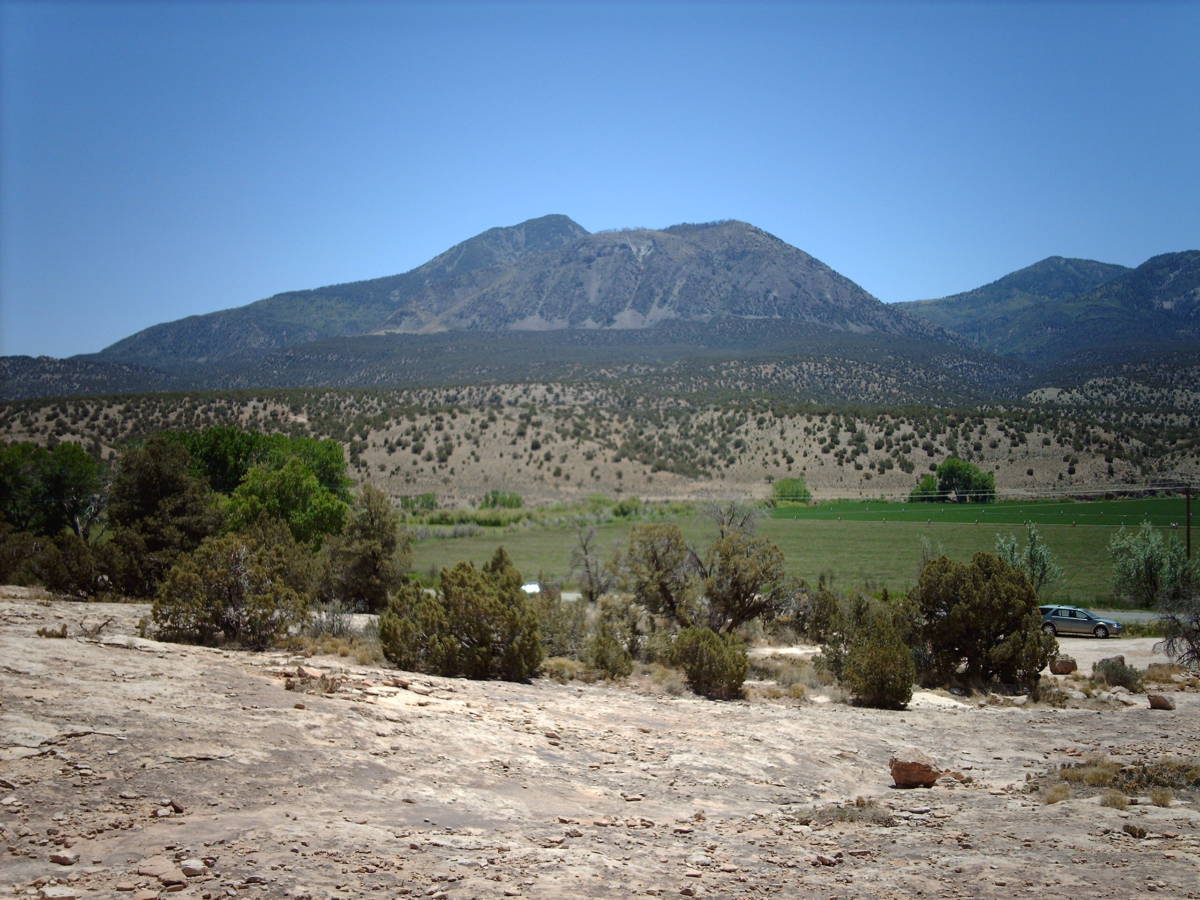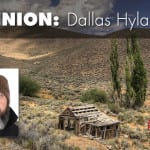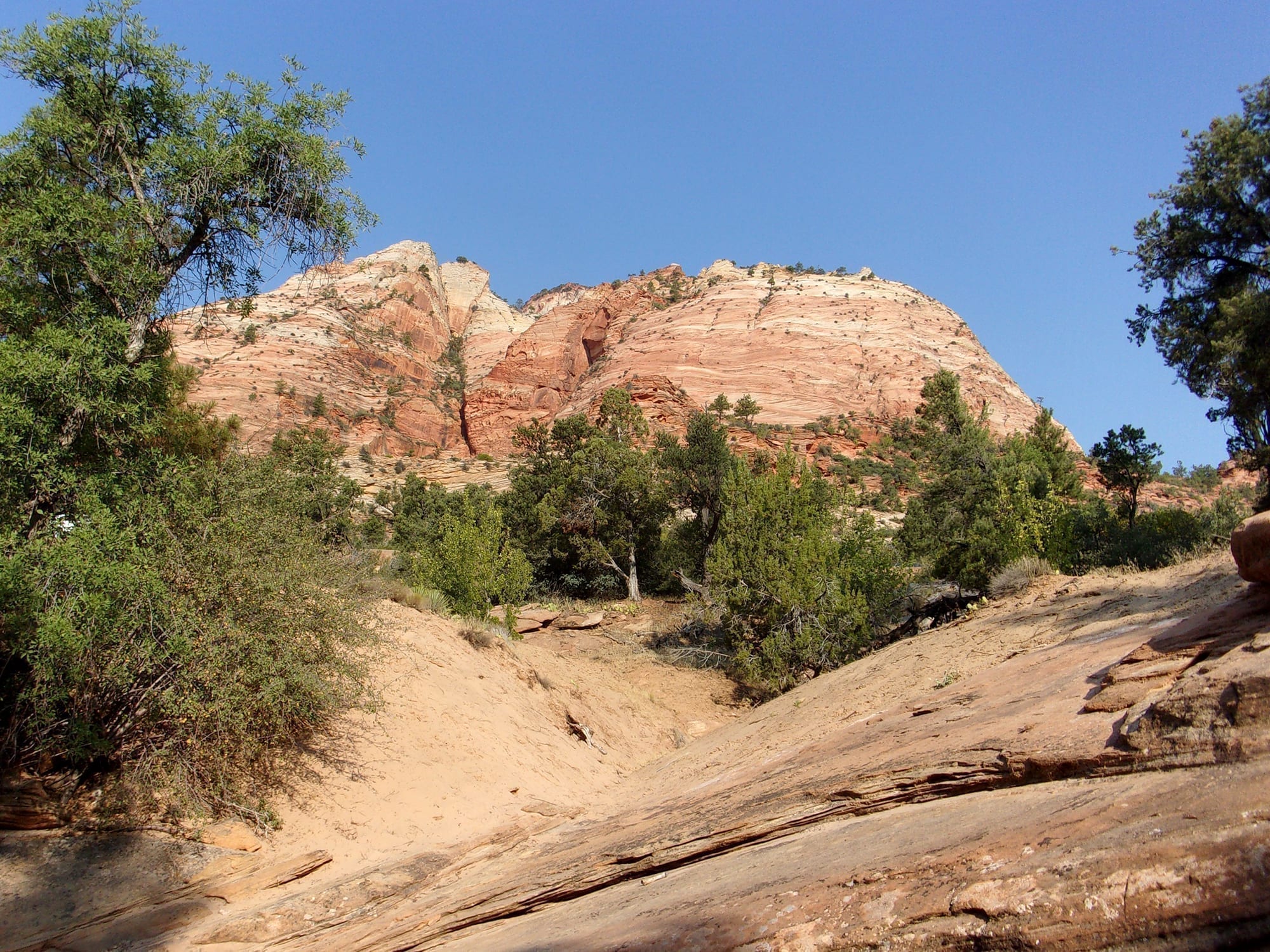
This past weekend, U.S. Secretary of the Interior Sally Jewell and U.S. Department of Agriculture Under Secretary for Natural Resources and Environment Robert Bonnie hosted a public meeting to hear about community visions for the management of southeastern Utah’s public lands, including Congressmen Rob Bishop and Jason Chaffetz’s Public Lands Initiative and the Bears Ears Inter-Tribal Coalition’s proposal to designate a new national monument.
Jewell and Bonnie were joined by tribal leaders, Bureau of Land Management Director Neil Kornze, National Park Service Director Jon Jarvis, Acting Assistant Secretary for Indian Affairs Larry Roberts, and members of the Utah congressional delegation and governor’s office.
“The opportunity to spend time on Utah’s incredible public lands and hear directly from local and tribal communities about their vision for conservation and land management is critical as conservation proposals are considered,” said Jewell. “For decades, support has been growing from local communities, tribal nations, state leaders, Congress, and even former Secretaries of the Interior to preserve these stunning lands and protect their cultural importance for generations to come.”
During their time in Utah, Jewell, Bonnie, and others also toured various sites in the southeastern part of the state with Utah delegation representatives and the governor’s office alongside stakeholders and land managers to better understand local views related to the future of the area’s public lands.
“Over the last three days, we have heard from hundreds of people who care about this region of Utah,” said Under Secretary Bonnie. “We appreciate the candor and passion of everyone we have met and heard from. Our goal has been simply to listen so that we can better assess both legislative and administrative proposals to conserve this landscape.”
Southeastern Utah is a land of historical resources and areas of significance to local tribes for traditional cultural practices. The area also contains thousands of currently unprotected cultural and archaeological sites, including well-preserved cliff dwellings and rock art. Home to recreation hubs like Moab, the region is a popular destination for outdoor enthusiasts, including off-highway vehicle travelers, hikers, rock climbers, and hunters. Some public lands in the area also have a long history of grazing, energy development, and other commercial activities.
Last year, senior representatives from the Department of the Interior and the U.S. Forest Service attended a meeting with the Bears Ears Intertribal Coalition on the field at Bears Ears to engage in a government-to-government dialogue on conservation priorities and collaborative management opportunities for the tribes in the greater four corners region.
The Bears Ears area of southeastern Utah has been proposed for protection by members of Congress, Secretaries of the Interior, state and tribal leaders, and local conservationists for at least 80 years. The region contains some of the Western United States’ most significant cultural and natural resources. The area is primarily managed by the Department of the Interior through the Bureau of Land Management and by the Department of Agriculture through the Forest Service. Small portions of the area are managed by the National Park Service and are protected as part of Glen Canyon National Recreation Area and Natural Bridges National Monument. Threats to the cultural and natural resources of the area include illegal off-highway vehicle use, vandalism to sacred sites, artifact collecting, and oil, gas, and mineral development.
In the past year, proposals for protection of the area have coalesced around the leadership of the Bears Ears Intertribal Coalition, a historic alliance of the Hopi Tribe, the Navajo Nation, the Ute Mountain Ute Tribe, the Pueblo of Zuni, and the Ute Indian Tribe. Their work builds on the efforts of other advocacy groups, including the Friends of Cedar Mesa and Native American-led conservation organization Utah Diné Bikéyah, which have issued similar proposals and support the work of the Coalition. In addition, members of the Utah congressional delegation, through Bishop and Chaffetz’s Public Lands Initiative, have produced protective proposals for the area.
While there are considerable differences on the means, size, and degree of protection needed, all interested parties are supportive of increased protection and enhanced management.






